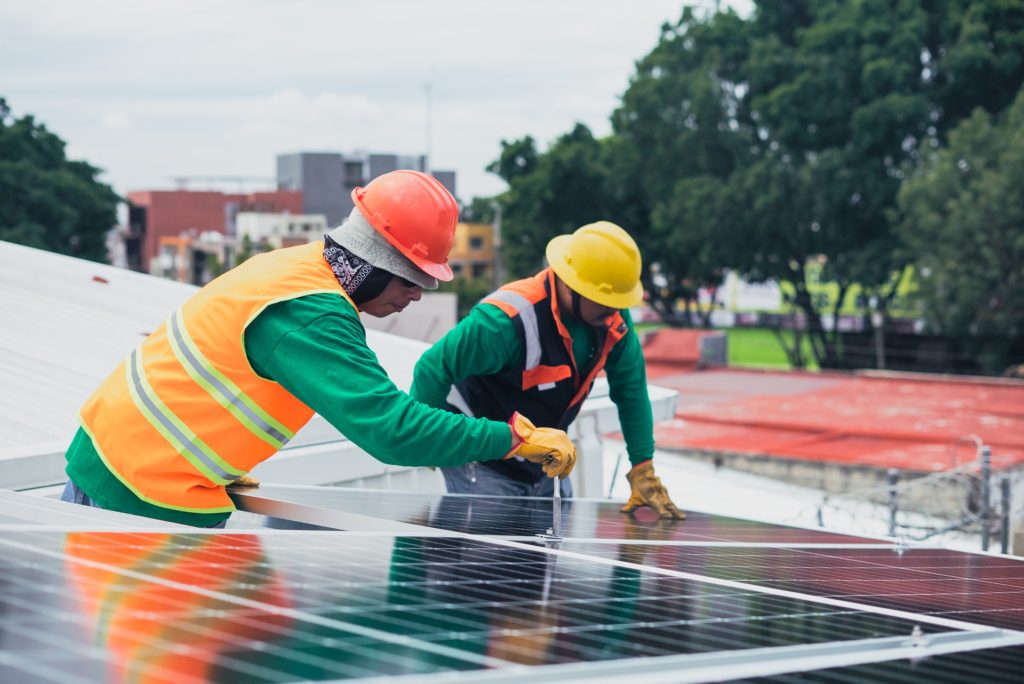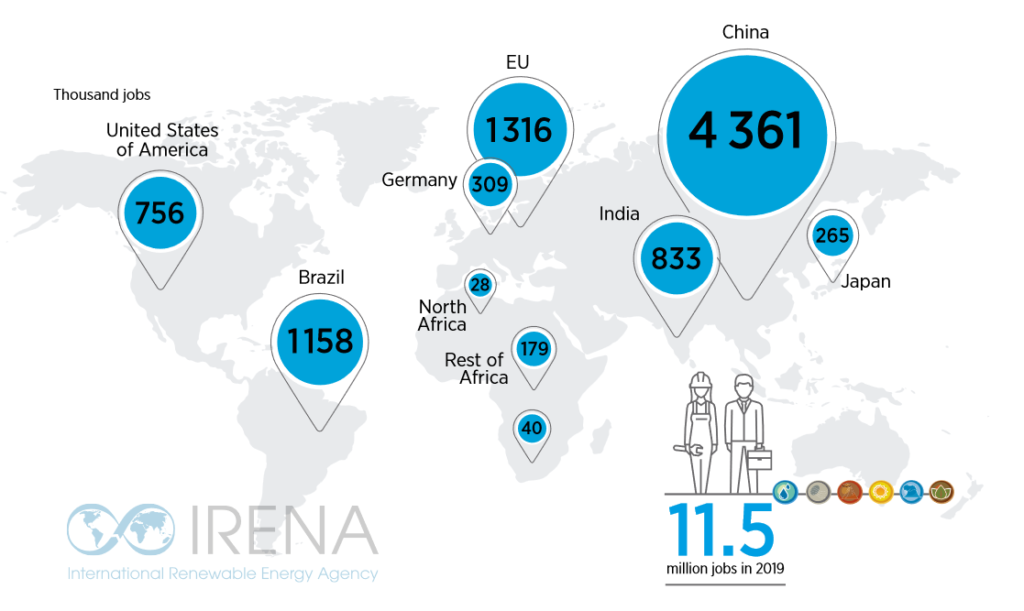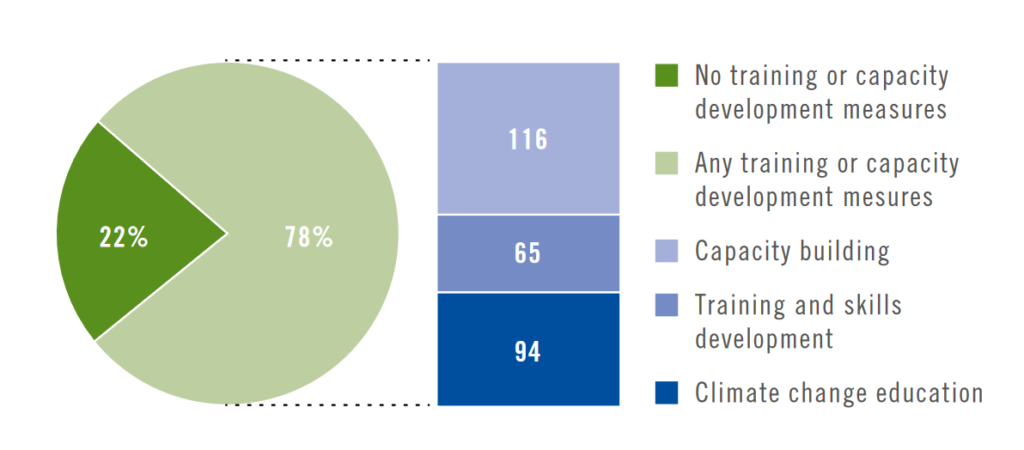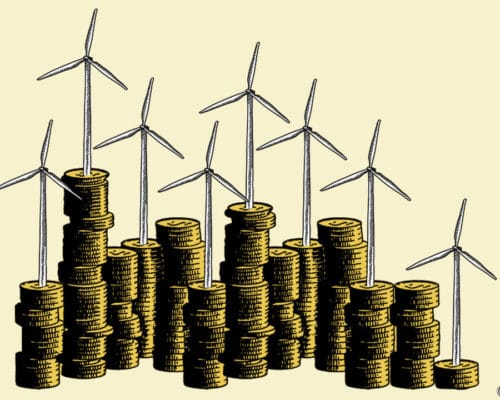Asia’s Role in Defining the Pace of Renewable Energy Transition
02 December 2021 – by Viktor Tachev Comments (0)
The ongoing energy sector transformation and the implications of a new renewable energy paradigm is spreading globally. This is of more significance to Asia, where energy demand looks to double by 2030. While the region can transform into a global renewable energy hub, the key to achieving renewable energy targets and shifting into this new paradigm requires addressing structural issues that often fly under the radar and emphasising renewable energy resources such as solar, wind and geothermal energy.
The Many Faces of the Renewable Energy Transition
At its core, the renewable energy transition is often viewed as the tool to replace fossil fuels. But simply adding more clean energy capacity alone has its limits. To truly embrace a clean energy revolution, Asia should embrace the idea that it is a multifaceted process. Placing a focus on these essential factors is needed and will also speed up clean energy capacity development.
Renewable Energy Sources: Wind Energy and Solar Energy
Although there are several renewable energy sources, solar energy and wind energy have proven to be the most popular. Solar and wind energy are great for reducing environmental impact. For the environment, curbing greenhouse gas emissions and increasing renewable energy consumption is imperative. Greenhouse gas emissions are caused by many sources, including electricity generation and transportation.
Shifting from Centralised to Decentralised Energy Systems
Today, state-owned and vertically integrated utilities drive Asia’s energy sector. They are responsible for providing reliable and secure access to electricity. However, this kind of centralisation means that delivering the future clean energy systems is now their burden. Leaping from this monopoly-like system to a community-based power generation one could ease the transition across the board.

This kind of decentralisation is already underway, albeit on a small scale. China has begun to experiment with decentralised energy governance structures through national pilot programmes. ASEAN countries like Indonesia, Malaysia, the Philippines and Thailand have also realised the potential of distributed energy systems. A central selling point for them is that they strengthen supply in rural areas.
Decentralisation itself is not a silver bullet. It is only effective and efficient when backed up by national energy policy, along with fiscal stimulus.
Better, Broader and More Flexible Regulations
Asian countries have diverse economic profiles, energy markets and socio-political climates. This dynamic makes designing a uniform energy shift difficult. Regardless of the difficulties, Asian countries should strive to support one another. The kind of support needed would fall under climate mitigation, strengthening energy security and access, improving air quality, carbon pricing, and including marginalised communities in decision making.
Thankfully, for policymakers, up until this point, an energy policy overhaul did not enjoy public support. However, with growing awareness of climate change and its impacts, consumers in Asia are now demanding action on global warming.
A Need of Reskilling and Diversification Within the Job Market
In 2019, renewables added 11.5 million new jobs to the global economy. The International Renewable Energy Agency (IRENA) found that renewables will create over 25 million jobs by 2030. In Asia, the International Labour Organisation (ILO) projects 14.2 million green-related jobs by 2030, with over 75% of 134 million energy-related jobs linked to renewables.

The transition won’t come free. Capitalising on green job growth will require re-skilling workers. PwC’s CEO survey found that a significant number of if respondents considered skill availability and gap a top concern. Companies are already addressing this by prioritising training and development of their existing workforces to fill up the skill gap.
Fortunately, a re-skilling of the workforce won’t be as challenging as it seems. The oil and gas industry is in the midst of diversifying its core business, and around seven in ten jobs have partial overlaps in renewable energy. National pushes are also needed, but as of 2019, most NDCs did not include capacity building. This is of significant concern, as in the offshore wind industry alone, over 77 thousand new skilled jobs will open by 2030, with demand in Asia increasing 14-fold.

Equal Access to Electricity for All
Collectively though, energy transitions are about people. The foundations of a transformation need to be built on ensuring universal access to all. Despite Asia’s rapid improvement in its energy transition progress, over 132 million people still lack electricity or have unreliable access. A stable grid needs to be the utmost priority.
The New Face of the Renewable Energy Transition
The globe needs to quickly set more vital emissions targets and policies that uplift renewable and clean energy into the mainstream. This largely falls on putting rhetoric into action if the world intends to keep global warming to 1.5°C and avoid what a UN report projects at 2.7°C by 2100. For Asia, this is especially relevant, as it is already the world’s largest CO2 emitter and is expecting energy demand to soar in the coming decades. Asia should concentrate its regional efforts on adding new clean energy capacity and promoting a fundamental change across Asia’s energy industry landscape.

by Viktor Tachev
Viktor has years of experience in financial markets and energy finance, working as a marketing consultant and content creator for leading institutions, NGOs, and tech startups. He is a regular contributor to knowledge hubs and magazines, tackling the latest trends in sustainability and green energy.
Read more



